If you and your family are stranded in a small space or hidden shelter, you’ll need to have a plan to keep your kids entertained. Otherwise you’ll all end up on each other’s nerves and the already serious situation can quickly become much worse.
It’s essential to be as prepared as possible, so take time now to integrate some of these ideas. That way they don’t seem as strange to your children.
If you have a shelter or panic room already in place, practice spending time there. That way your kids aren’t dealing with both a brand new environment and a crisis.
Don’t Leave Your Kid in the Dark
If you’re in hiding, the kids are going to figure it out. Do them a favor, and tell them the truth. You don’t have to get into all the details, but definitely talk to your kids in an age-appropriate way.
Share what’s going on and what you have to do. That way your kids know your expectations and you can work as a team to survive.
Kids are perceptive, and will often pick up on emotions they’re parents are exhibiting. Taking time to talk about the situation will help ease their fears. They’ll know what they need to do, and most of the time kids rise to meet our expectations.
Have a Variety of Activities on Hand
You won’t be able to bring much into small quarters, but by being prepared you’ll make your shelter more enjoyable for everyone.
The age of your kids will definitely impact the activities you plan. Here are some ideas that’ll work for a large range of ages. Of course you know your kids best, so be sure to pick somethings you know they’ll enjoy.
Games
Having a variety of games on hands is great, but if space is tight you probably won’t have that luxury. The good news is with a little creative thinking you can create your own games with some basic items.
Games are a fun way to keep the family engaged. You’ll help distract your kids from what’s going on. Games are also relatively quiet activities, which helps if you need to stay hidden.
Here are some things to keep on hand for game time:
- A deck of cards
- A couple of card games that don’t take up much space such as
- Tell Me a Story
- Uno
- FastWord
- SkipBo
- Phase 10
- A couple of dice
- A pack of index cards and a marker or two
With these items, you can create hours of entertainment. A plain deck of cards gives you everything you need for dozens of games. Here are ten popular games that are easy for kids to pick up.
- Solitaire
- Speed
- SlapJack
- 21
- King’s Corner
- Crazy 8s
- War
- Snap
- Golf
- BS
If you start learning one of these games a week as a family, you’ll build great memories now. You’ll also be familiar with them in the event of a crisis. Then playing cards will seem familiar instead of like a foreign activity.
In addition to playing the card games according to the traditional rules, you can experiment with adding rules or changing game play completely. With the boxed card games, you’ll have plenty of variety to create your own family favorites.
For instance, you can use SkipBo cards to play Go Fish. You can hide all of the wild cards from the Uno deck and have your kids go find them. The letters from FastWord can be used to see who can build the longest and shortest words.
You can use the dice to learn about probability, to roll for a treat, or to create new games. The index cards and marker will give you everything you need to create customized cards. Perhaps you’ll write words on them and use them to play Charades or Pictionary.
The possibilities are endless!
Pen & Paper Games
With a stack of paper and a pen, you can create a variety of games. Like the card games, take time to learn these now. That way you’re all set if you need them. Here are five favorite pen and paper games for kids:
- Hangman
- The Dot Game (where you try to make boxes out of dots by drawing lines one at a time)
- Tic-Tac-Toe
- Categories (everyone writes down a word from a named category)
- MadLibs (write a story but leave some words blank. Then have your child name a color, a noun, a number word, etc. to fill in the blanks.)
Games with No Materials
If you didn’t have time to grab any supplies, or you just need some fresh ideas, these games are perfect. They don’t require any materials.
1. Guess Who
One person secretly selects a character or person. The other players take turns asking yes or no questions to figure out who the mystery character is. You can ask:
- Are you a female?
- Are you in a TV show?
- Do you wear fancy shoes?
- Are you a real person?
- Have we ever met you?
And all sorts of other questions. Once someone guesses the identify correctly, another player takes a turn. This game can keep everyone entertained for hours.
2. The Alphabet Challenge
Work together to name an object from a given category that starts with each letter of the alphabet. You can try to name:
- Animals
- Food
- Vehicles
- Boy Names
- Girl Names
- Verbs
You can decide in advance that you’ll skip a given letter if no one can think of an answer. That way you don’t get discouraged.
3. Math Drill
You can take turns giving math problems to each other. They’ll help keep your brain sharp. For younger kids you can ask them to count to a certain number. Older kids and adults can tackle multiplication or division questions, or problems with multiple steps.
4. I Spy
This classic is a great game for young kids. One person secretly picks an object in the room and then says, “I spy with my little eye something…..” and says the color of the object.
Everyone else takes turns guessing what the mystery object is.
White Boards
Since space will be tight, you won’t be able to bring an arsenal of art supplies. But, a small white board and a couple of markers for each child will help. Remember to throw in an old sock to use as an eraser.
On the boards you can have your kids:
- Draw
- Practice writing their letters or words
- Write a short story
- Practice math facts
- Play any of the pen and paper games
They’re can be used individually, which makes them an ideal silent activity. If you’re able, you can have your kids take turns sharing what they worked on. That’ll help them feel connected.
Books

You can either select read alouds or family favorites, or bring a couple of each.
If you bring enough books for everyone to have one, you can implement a daily reading time.
If you’re reading aloud, you can encourage your kids to draw something from the story on their white boards. Keeping their hands engaged will help them listen and stay quiet while you read.
Depending on your situation, you might have your kids act out a part of the story. Bringing books to life is a fun way to pass the time.
Simply talking about what you’re reading will encourage reading comprehension. After all, you don’t want to stop learning while you’re in your shelter. These discussions will also help draw you closer as a family.
Simple Sewing or Needlework
A needle and thread along with some scrap fabric is all you need to help your kids learn a new skill. They can practice sewing squares and then take the seams out and try again.
This Survivopedia post shares how to recycle an old pill bottle into a sewing kit. That doesn’t take up much space.
If you bring some yarn and knitting needles or crochet hooks, you can teach your child a skill that’ll help keep them quiet and engaged. They’ll be able to practice, and can always undo what they’ve created and make something new.
A Family Journal
When the crisis passes, you’re going to want to remember some events and feelings from your time in your survival shelter. Keeping a simple spiral notebook and a pen around can help preserve these memories.
Encourage everyone to write in the journal regularly. Your younger kids can draw a picture about how they’re feeling or what they did. Writing is therapeutic for many people. This process might help provide your children with an outlet to share the thoughts they’re having.
Fun Distractions
There will be times when everyone just needs to hit the reset button. When the kids are fighting and everyone’s temper is short, it’ll help to have a few fun distractions to bring out.
You shouldn’t use these things regularly, but instead save them for when they’re needed most. You can pick up most of these items at the Dollar Store or around the house, so you don’t have to worry about spending a ton of money on them.
- Glow sticks
- Stickers
- A pack of bubbles
- A coloring book to rip pages out of
- A sheet and some clothespins to create a fort
- A new game
- A puzzle book like Crosswords or Word Searches
- A toy car
Once everyone’s mood is lifted, you can put the special items away for another day.
Encourage Activity
Sitting for extended periods of time is rough on the human body. Break up your positioning if possible. Roll a die and see how many jumping jacks everyone should do. See who can do the most sit-ups in 1 minute. Take time to do this several times throughout the day.
You’ll help improve blood flow, and will help keep your muscles from getting stiff.
Food
Of course you’ll need food in your survival space. If at all possible, ensure it is food that your family is used to eating. You don’t need any battles in your tight quarters.
In addition to your food reserves, you’ll want to have a few treats on hand. These can be pulled out to boost morale, to use as bribery in the event of immediate danger, or simply as a reward for something.
These foods make good treats for kids, and the adults:
- Candy
- Chocolate chips
- Raisins
- Small crackers
- Dried cereal with fun shapes or marshmallows
- Fruit snacks
While these aren’t the most nutritious foods, they can help provide a sense of normalcy to your children. They’ll also help break up the routine of survival food and feel even more special.
Water
Be sure your survival space has plenty of water on hand. You’ll need water for drinking, and also for hygiene purposes. You don’t want to run out of water!
A Place to Relieve Oneself
Kids have to use the bathroom, just like adults. Be sure you’ve thought through how this will work in your survival shelter. You’ll need a way to dispose of your human waste.
If you have babies, you’ll need diapers and wipes on hand. You can use cloth diapers and wipes if you have enough water to keep them clean.
You’ll also want to have toilet paper or substitutes on hand. Also bring along a bottle of hand sanitizer to help keep germs from spreading.
If you’re able to hang a sheet or something around your bathroom area, it’ll help add a sense of privacy to your shelter.
Give Your Kids Jobs
Kids love to feel useful. In a tight space, there might not be much that needs done. But, any job you can give your kid will help them realize that they are playing an important role in your family’s survival. You might be able to ask them to:
- Dry dishes
- Entertain the baby
- Pick up the trash
- Organize the supplies
- Count the different items to help you take inventory
- Dust
These jobs might not seem critical, but they’ll help your children embrace the situation.
Your Attitude Matters!
Your kids will know how your feeling. If you’re getting sick of being in the tight space, they’re going to pick up on that attitude and amplify it.
Even if it’s hard, try to have a good attitude for the sake of your kids. Look at it as an exciting adventure. Be cheerful about the activities you’ll do.
A little bit of enthusiasm on your part will do wonders in helping the family survive this tough time. This is especially true if the crisis lasts for an extended period of time.
What Ideas Can You Add?
Keeping kids entertained in tight spaces can be challenging, but it’s definitely possible! What ideas can you add to this list? Please share them in the comments section so everyone can have a solid list remember if they ever need it.
This article has been written by Lisa Tanner for Survivopedia.


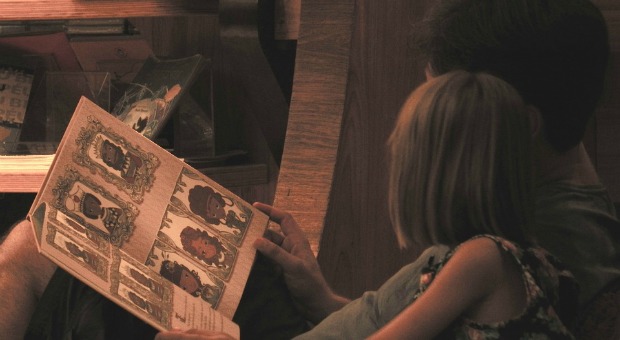
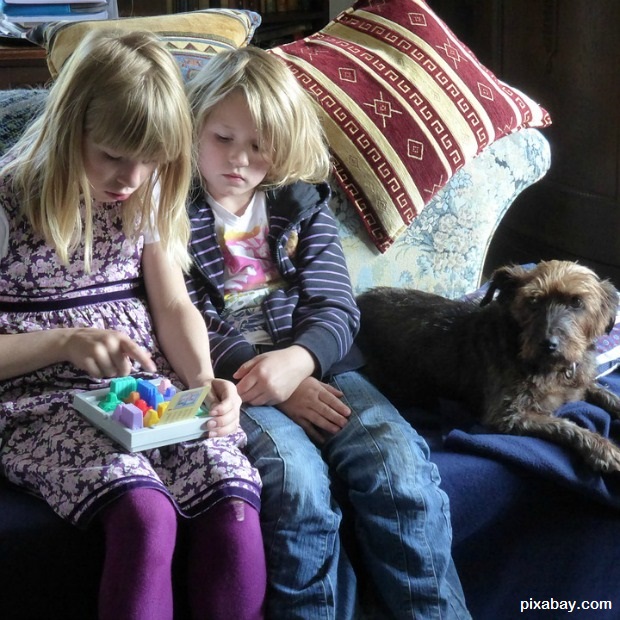
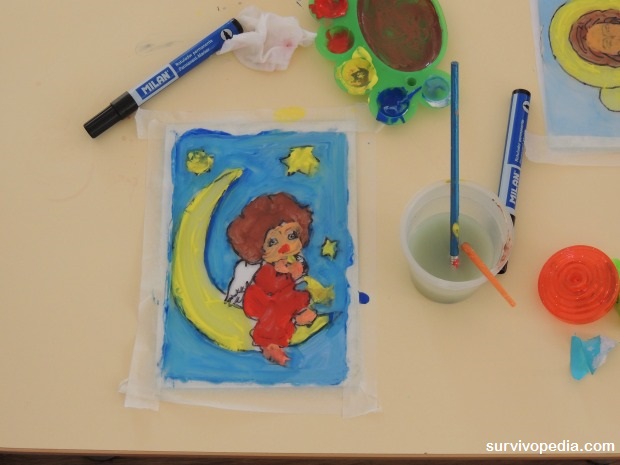

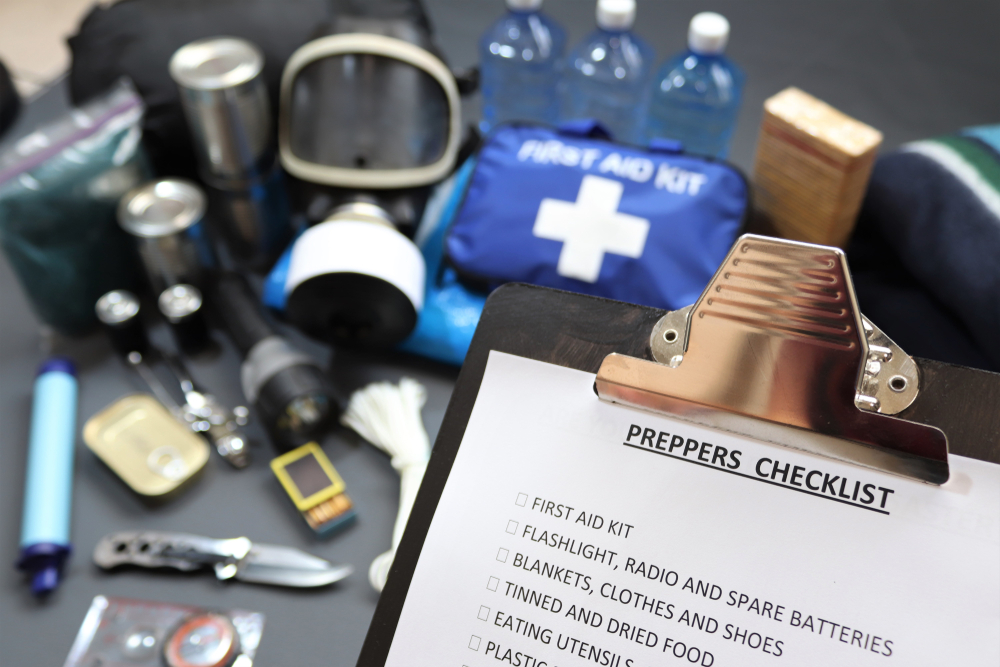
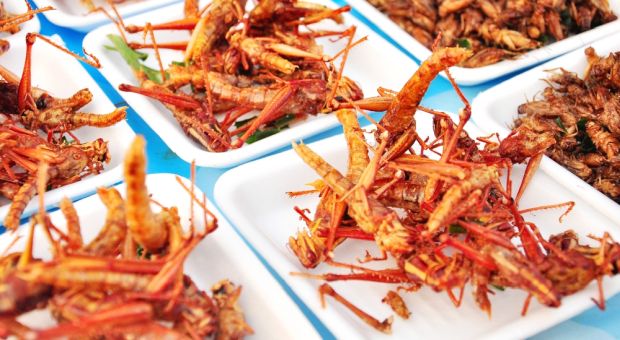
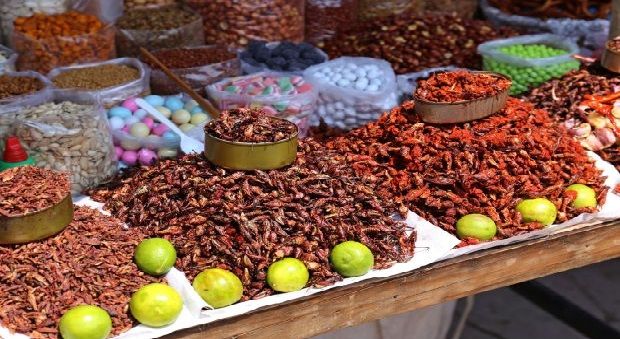



Pingback:The 7 Rules Of How Not To Become A Target | Survivopedia | February 12, 2018
|